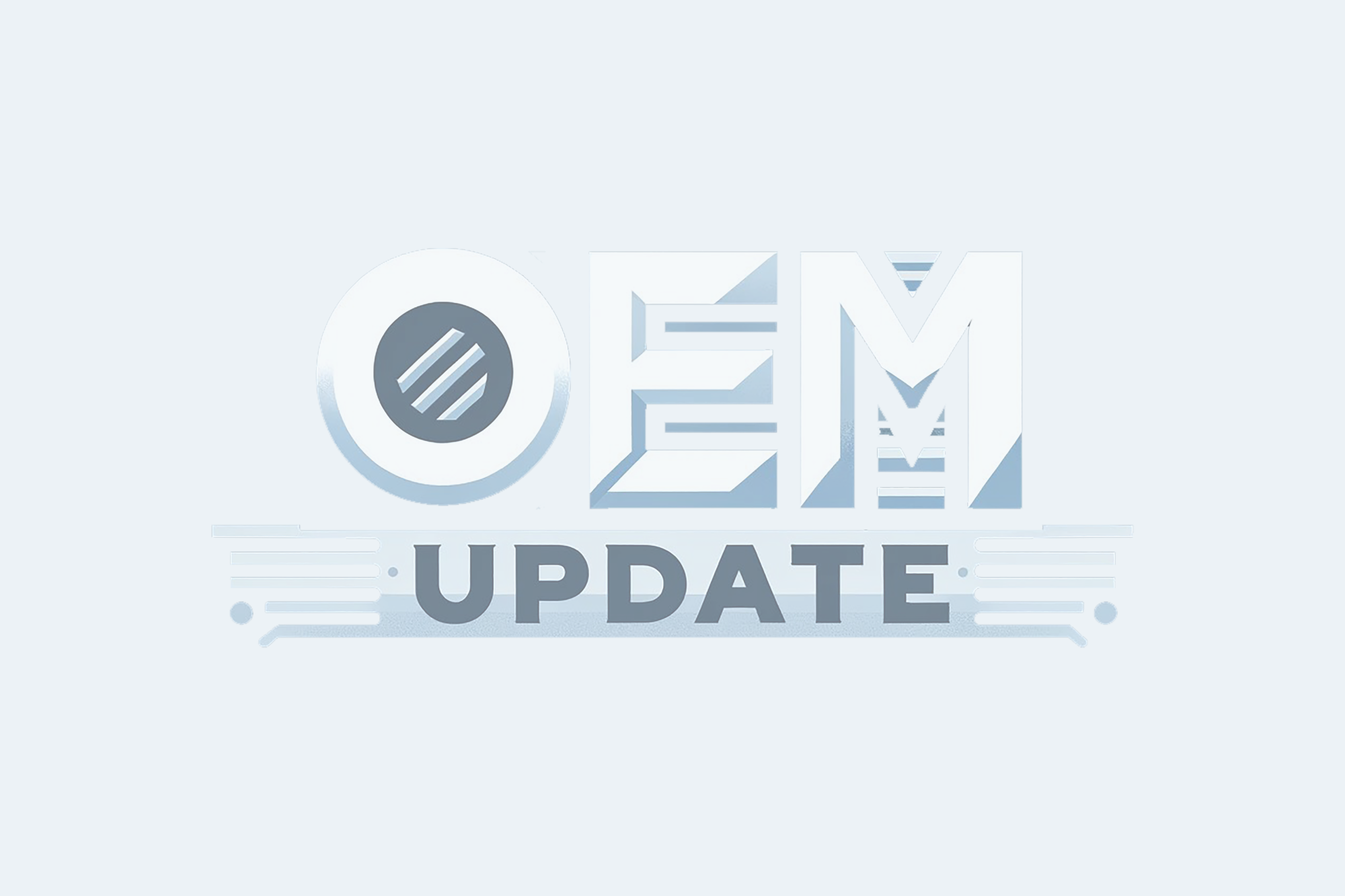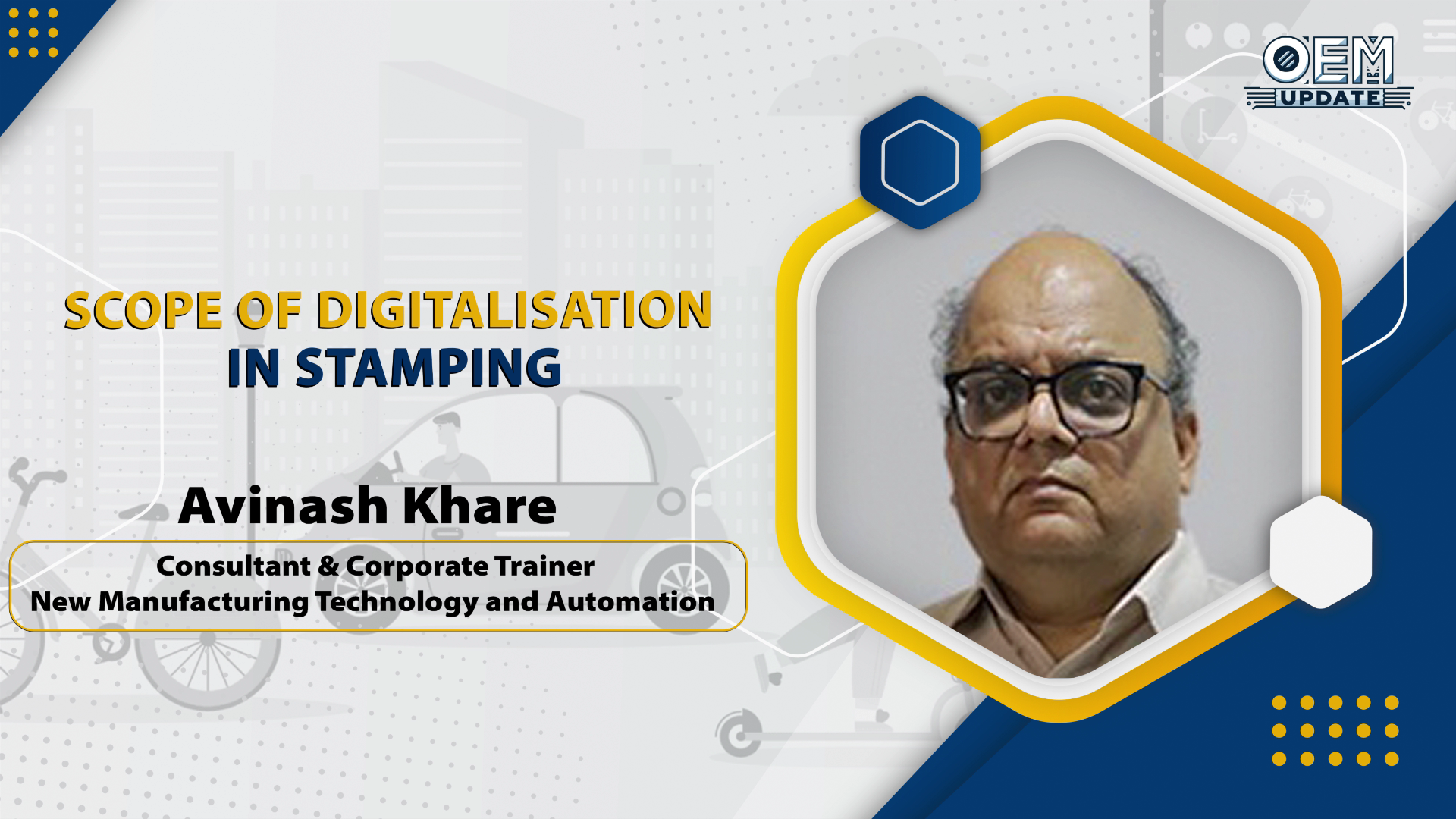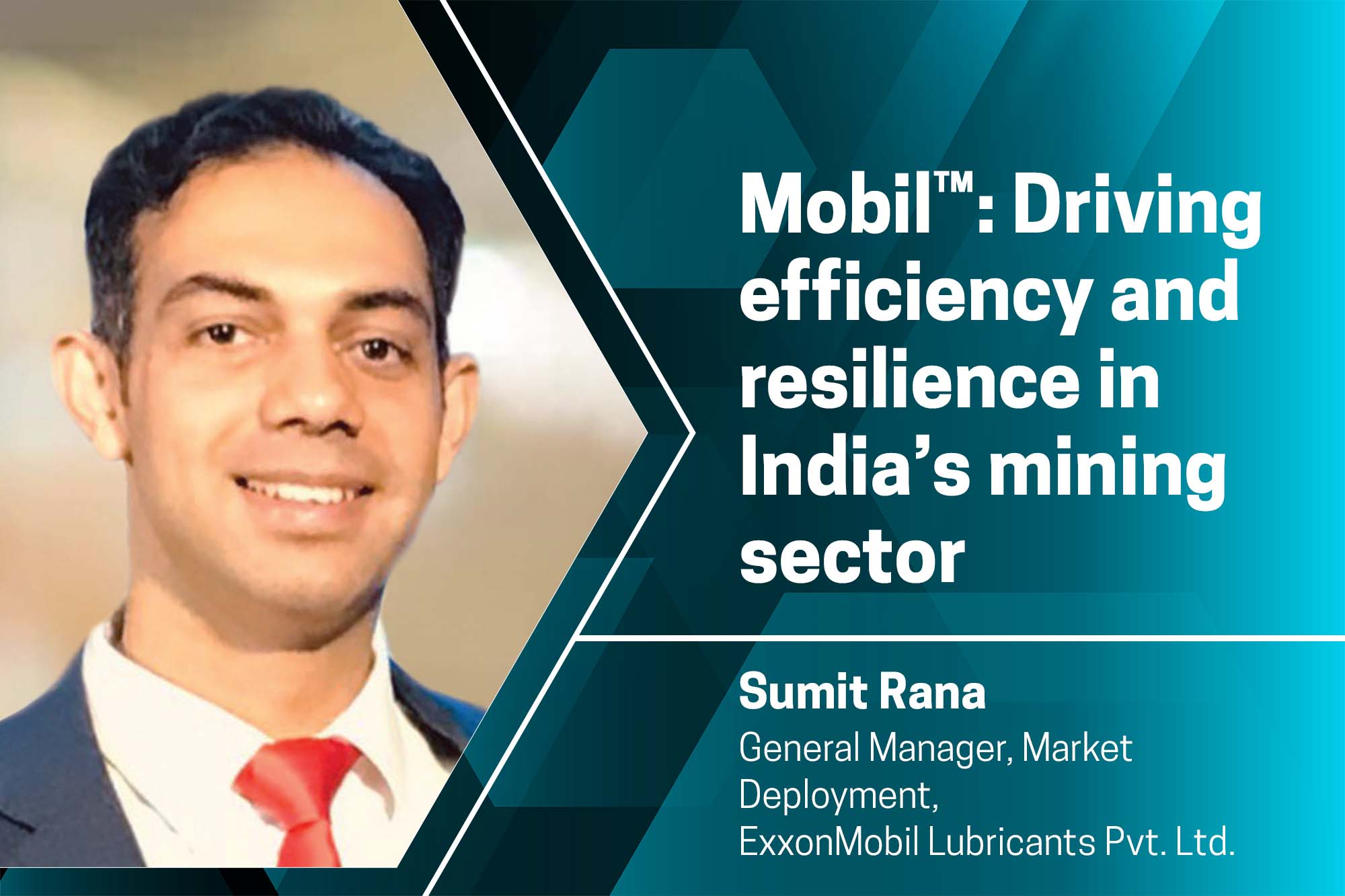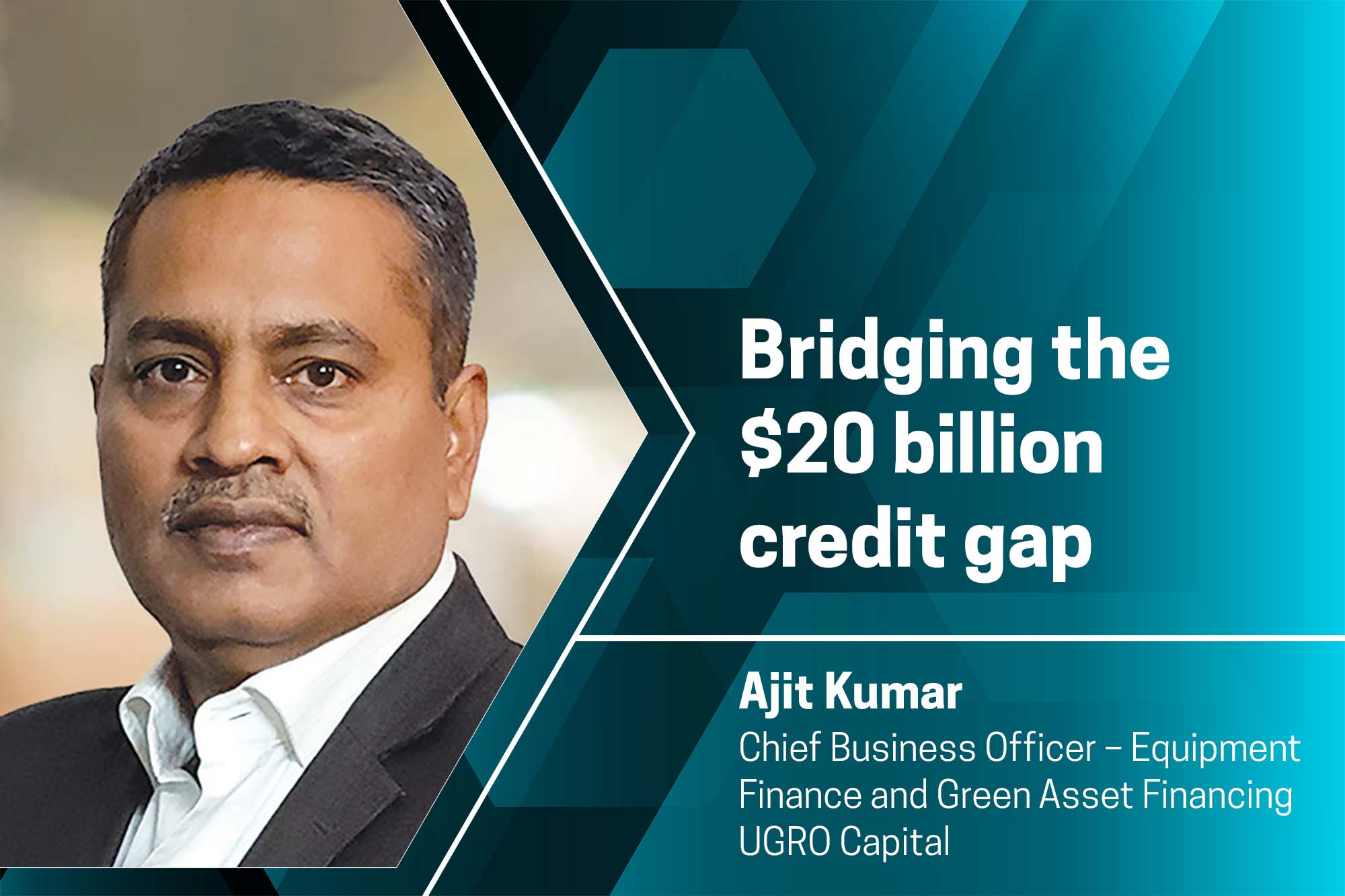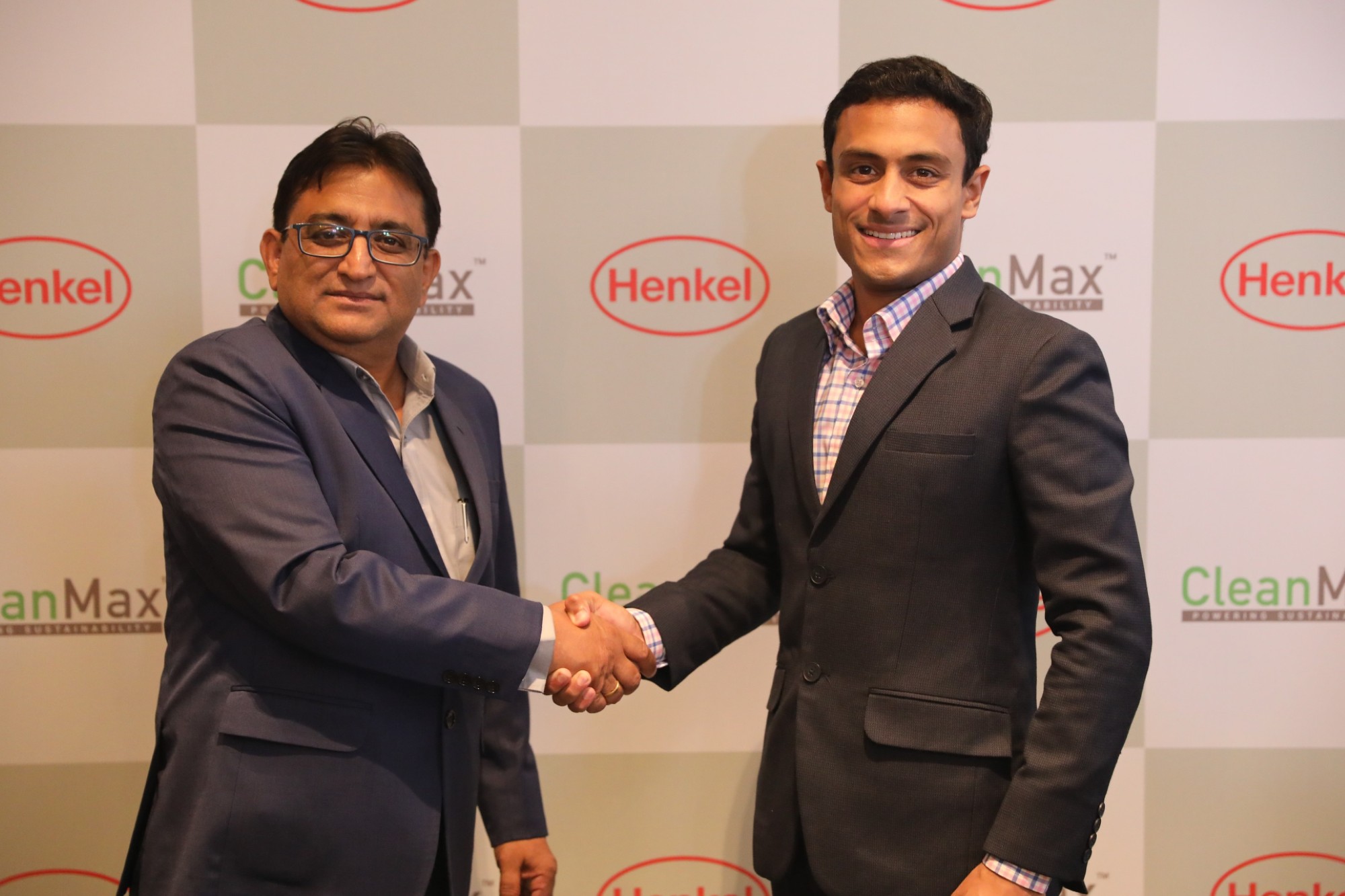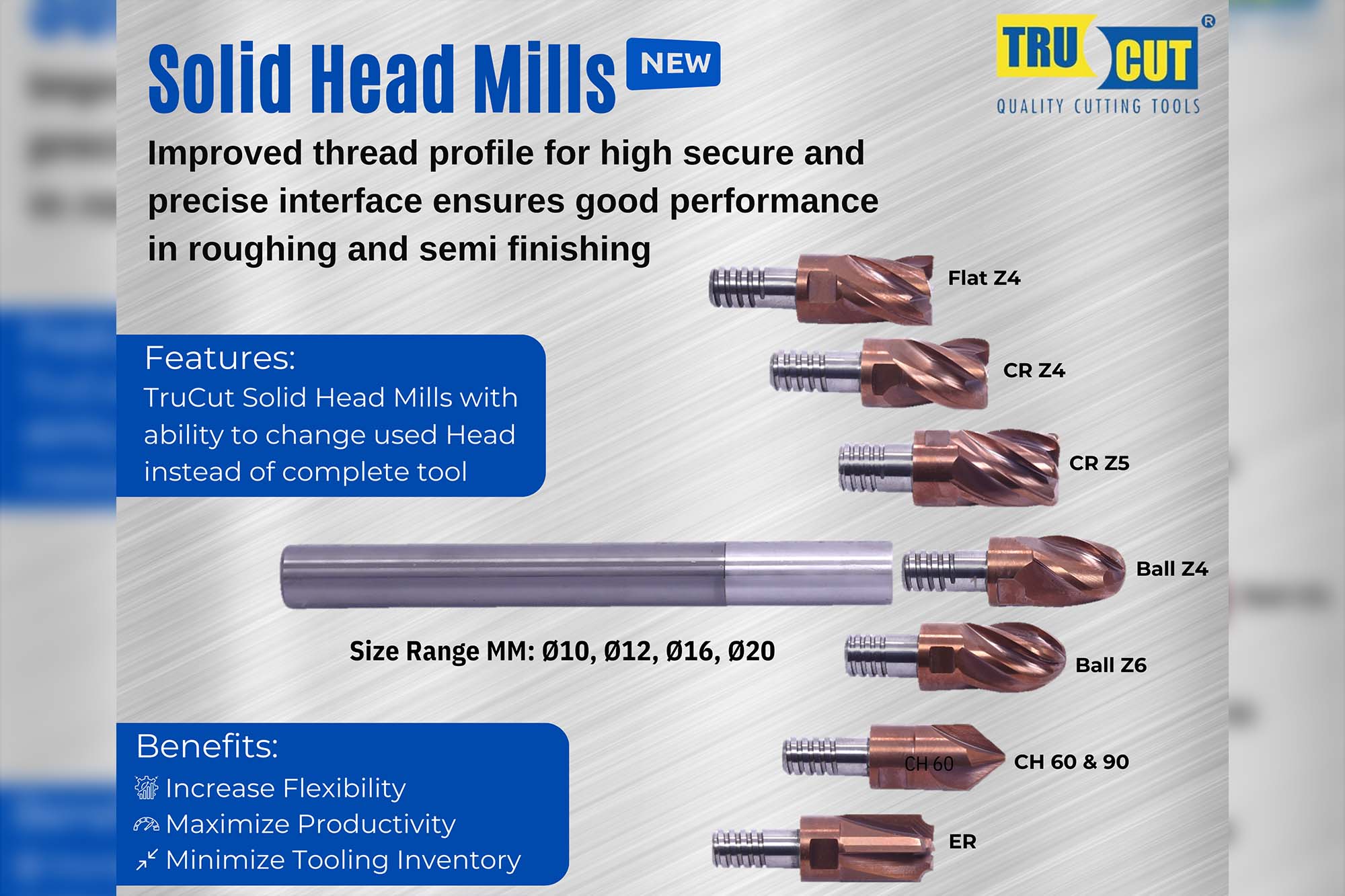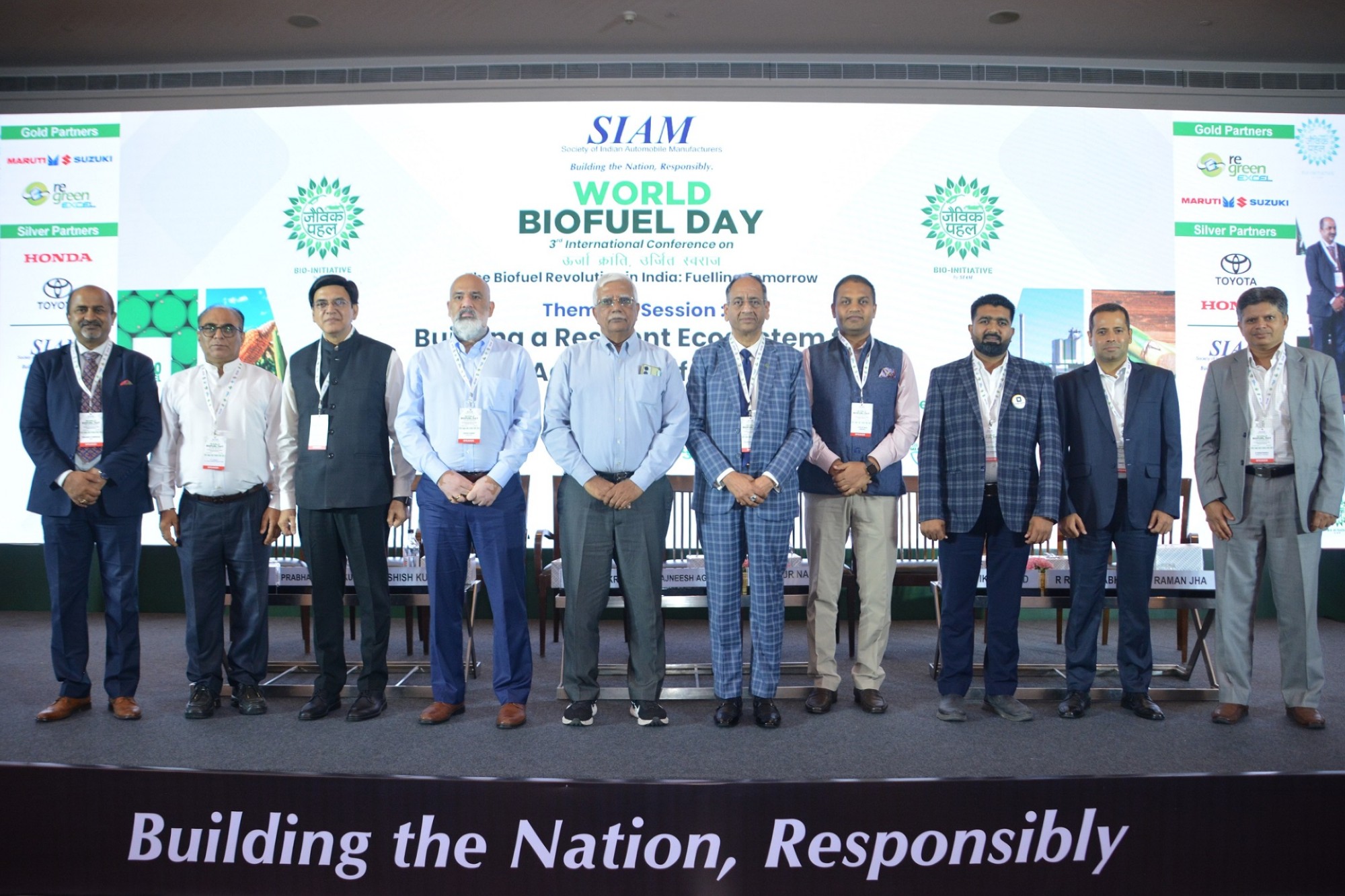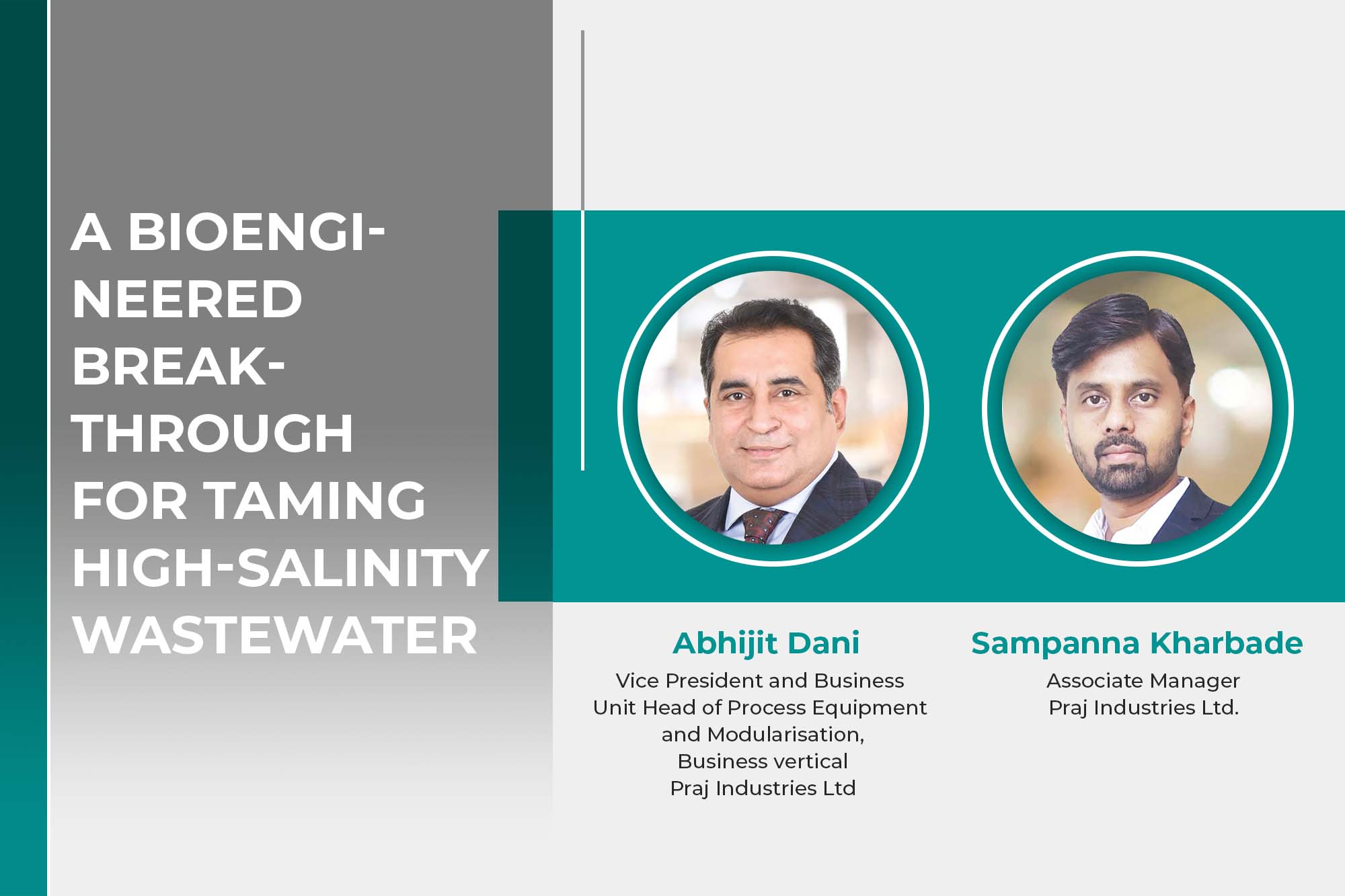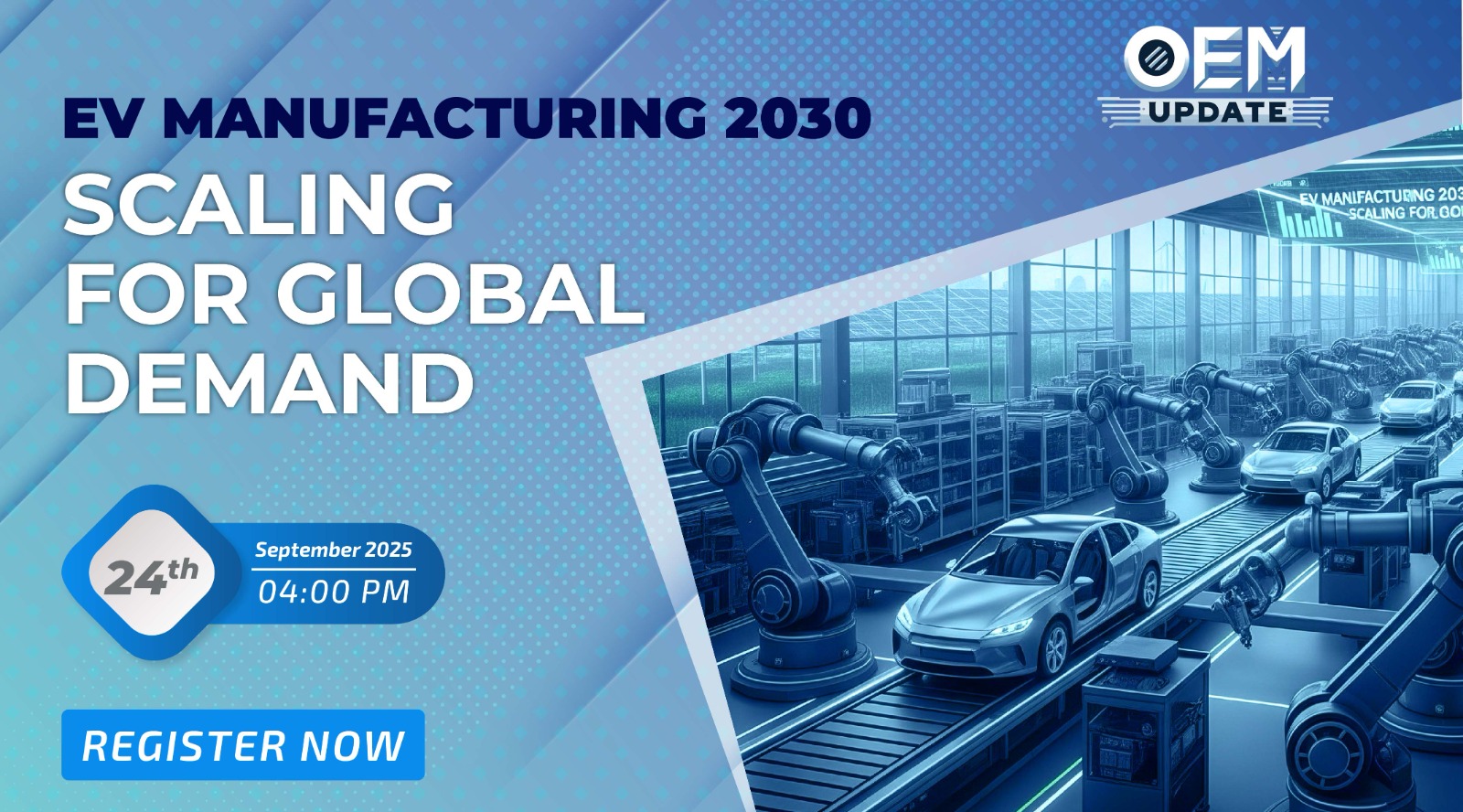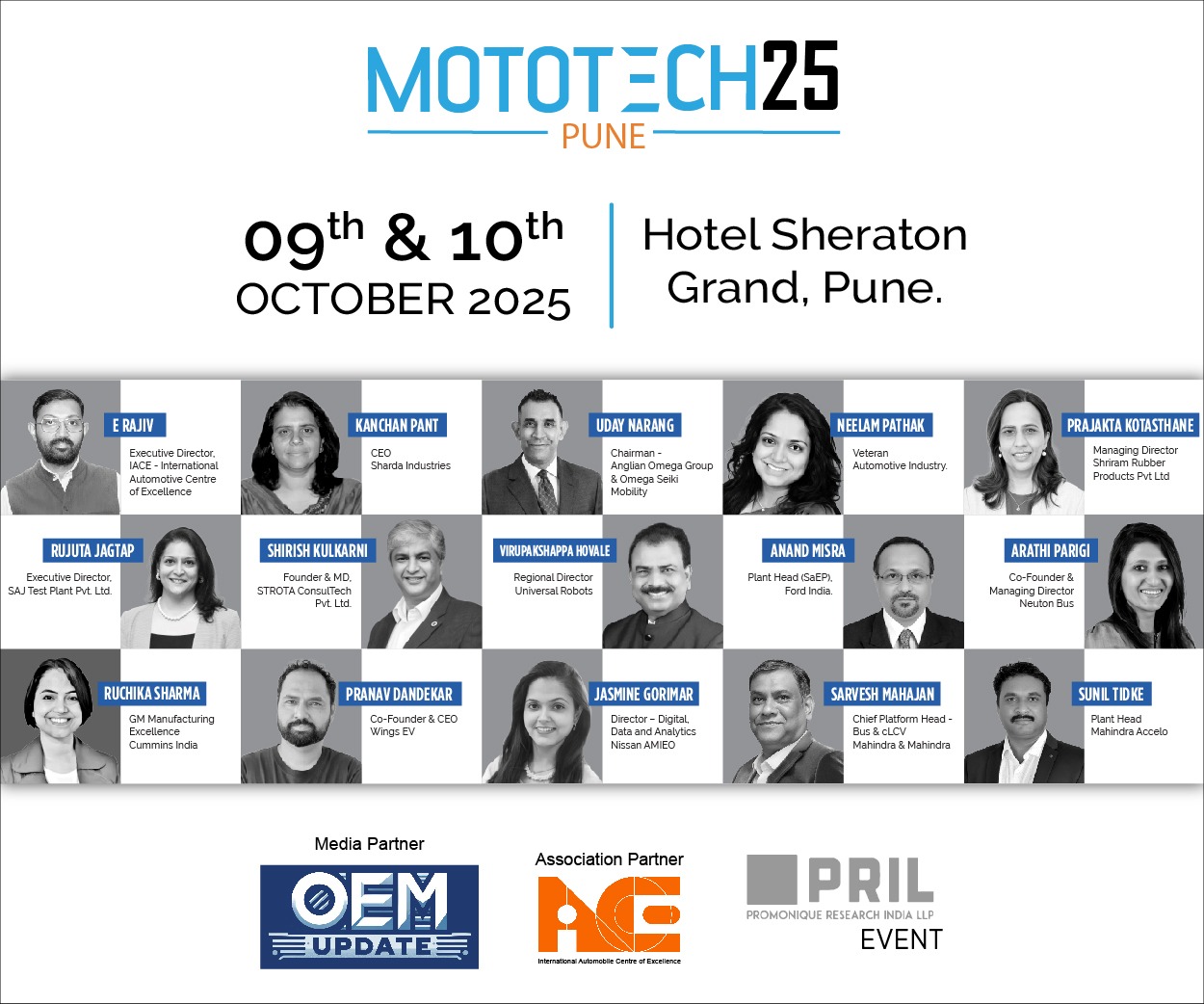Water & wastewater treatment equipment market to grow twofold by 2016
By admin February 11, 2013 10:44 am IST
Water & wastewater treatment equipment market to grow twofold by 2016
An in-depth analysis of Indian water and wastewater treatment equipment market: what has passed by and what is waiting in the future
The Indian water and wastewater treatment market is at growth phase and is expected to reflect high growth rate for the next 5 years. Globally, governments have realised that the supply of clean water and effective treatment of wastewater are crucial for sustainable development. The lack of freshwater resources is becoming a global issue and resulting in the rapid growth of technologies for water reuse and recycling. In the last decade, the demand for fresh water in India has continued to increase at a rapid pace due to increasing industrialisation and urbanisation. Several industries such as power, refineries, and chemicals are adopting efficient, sustainable technology to ensure fresh water supply.
According to Frost & Sullivan, Indian water and wastewater treatment equipment market earned revenues of over Rs. 63.07 billion in 2011 and estimates this to reach Rs. 102.34 billion in 2016.
Industrial sector is growing at a higher rate than that of the municipal sector. Power, food and beverage, pharmaceuticals, refineries, and textiles are generating immense opportunities in the water and wastewater treatment equipment market, and prefer advanced treatment technological systems such as reverse osmosis (RO) membranes for treating their wastewater. The growth of these industries is expected to drive equipment sales.
The municipal water and wastewater treatment is gaining importance. The use of disinfection systems such as ultraviolet, ozone, and electro chlorination is minimal in municipal water treatment plants at present. Urban cities in India lack infrastructure for sanitation, and the wastewater generated is not managed appropriately. Because of deterioration of water quality and health problems for the public, however, this is bound to change. To improve the infrastructure for water supply and sanitation in urban areas, the government is assisting urban local bodies (ULBs) and the state governments through various schemes and special central assistance (SCA).Mumbai has high per capita water consumption, while the demand for water in Chennai is expected to increase four times by 2025. Other alternative such as desalination has already been implemented in coastal areas. Various policies promote the participation of private companies in municipal water projects and the improvement of existing facilities, enhancing the prospects of the water and wastewater treatment equipment market. The proposed tax breaks for industries that save water will boost water recycling. This will, in turn, reduce dependence on the dwindling groundwater and surface-water resources, and boost the uptake of treatment solutions.
However, slow and inconsistent implementation of these regulations hampers market growth. The purchase cycle of treatment systems is also low as users perceive water treatment equipment as a one-time investment and expect a long product life. Several small- and medium-scale participants offer solutions at decreased prices targeted at price-sensitive industrial users. This further constricts revenue inflow.
Users prefer products that come with quick after-sales services and technical support. They prefer the companies that provide energy and cost-effective solutions with efficient after-sales supports.
As water scarcity grows severe, there will be greater focus on sustainable, advanced technologies. Innovative solutions such as forward osmosis and solar desalination will provide additional impetus to the Indian water treatment market.
Cookie Consent
We use cookies to personalize your experience. By continuing to visit this website you agree to our Terms & Conditions, Privacy Policy and Cookie Policy.



